Sigma 14mm f/1.8 DG HSM ART Review
Dustin Abbott
November 21st, 2017
Sigma has done a fairly amazing job of reinventing themselves as a company in the past five years. It can be easy to forget that Sigma was known as a maker of mostly “cheap” lenses not all that long ago, and often their primary claim to fame was delivering a less expensive product than the first parties. That perception began to slightly shift with the delivery of generally quite good EX 50mm f/1.4 and 85mm f/1.4 primes, but of course really accelerated with the release of the ART series. A Sigma ART lens has become synonymous with optical excellence and resolution that is generally at or near the top of the class. And with this new success Sigma has also proved to be more daring than the more conservative first parties. They have embraced optical designs outside the traditional scope, and have really “pushed the envelope” with what is possible in maximum aperture in both primes and zoom lenses. The Sigma 14mm f/1.8 DG HSM ART is another case in point. At f/1.8, the maximum aperture of the 14mm ART is larger than any competing lens, which makes it a very intriguing option…but it comes at a cost.
As we progress through this review, we will discover that the cost comes both on a monetary level (it isn’t cheap!) and also in its size/weight (largest and heaviest in the class). To the first point: the Sigma ART series was, initially, all priced around the $799-999 mark in the US market. Sigma seemed to studiously avoid breaching the thousand dollar price point until last year. Since that point we have seen a number of the newest ART series lenses at price points well above the thousand dollar mark, including the 50-100mm f/1.8 ART zoom ($1199), 85mm f/1.4 ART ($1199), 24-70mm f/2.8 OS ART ($1299), 135mm f/1.8 ART ($1399), 12-24mm f/4 ART ($1599), and this lens, the 14mm ART, at $1599 USD. Suffice it to say that this particular “glass ceiling” has been shattered, and the 14mm ART is tied with the 12-24mm as the most expensive options in the ART series. I’ve reviewed all of these lenses, and they are excellent lenses, but I think it is safe to say that the idea of Sigma lenses as “bargains” is past.
The 14mm focal length has a huge range of price points. There is the Samyang/Rokinon 14mm f/2.8, which can often be had for around $300. There is the Canon EF 14mm f/2.8L II, which is typically north of $2000, and a host of other options in between. I reviewed the excellent Rokinon SP 14mm f/2.4 earlier this year, which retails for around $1000 (but is manual focus). My point is that this lens must compete on merit, as the price, while cheaper than the most expensive option (Canon), is more than 5x as expensive as the least expensive option.
There are counterarguments to make for the Sigma 14mm ART, however, including the fact that it offers a larger maximum aperture than all alternatives (1 1/3rd stop faster than most, and 2/3rds stop faster than the Rokinon XP and its f/2.4 max aperture). It has autofocus (several alternatives don’t), and it is now weathersealed (the Samyang/Rokinon options do not). It does offer something unique when compared to alternatives, but it is also a fairly expensive lens that will make potential buyers consider the alternatives before placing their order.
But is it worth the money? Read to help make that decision for yourself.
Prefer to watch your reviews? Check out my thorough, interactive video review here:
Check me out on:
Google+: | Facebook: | Twitter: | Flickr: | 500px: | Sign Up for My Newsletter :
Build and Design
The second place that you will “pay” for this lens is in the weight, which is easily at the top of its class. It weighs 2.57lb (1170g), which makes it heavier even than the Sigma 12-24mm f/4 ART zoom lens I reviewed. The only wide angle option that is heavier is the unique Canon 11-24mm f/4L lens, and it is only a measly 10g heavier (though it’s also $1000+ more expensive). It has a very large glass front element and is quite front heavy. I tried to mount it (paired with a Canon 5D Mark IV) on my Moza Air motorized gimbal for some video, and found that it was nearly impossible to balance due to the odd weight distribution. Pushing the envelope of maximum aperture in this lens comes at the cost of some serious weight.
Then again, the ART series has never been known for being light, and this lens will do nothing to reverse that trend! It isn’t small, either, with a diameter of 3.76” (95.4mm) and a length of nearly 5” (126mm). The lens is fairly narrow at the mount but significantly flares out about halfway down the length to house the extremely large curved front element.
The build is extremely familiar, as I have reviewed the majority of the ART series lenses. It is a mixture of metal and “thermal composite” (engineered plastics) based on a brass bayonet mount. The tactile impression is more metal than plastic, which feels reinforced by the significant heft of the lens. The lens profile is extremely similar to that of the 12-24mm f/4, with the one exception that there is one less ring on the 14 ART (no zoom ring). That lone ring (the manual focus ring) is built into the wide front section of the lens which flows right into the fixed (permanent) lens hood. This is unusual compared to most lenses, but very similar in design to the 12-24 ART. The manual focus ring moves nicely and has a nice, grippy rubberized texture to it.
Sigma’s Global Vision design language has aged well, and the lens is very modern and sleek in a squat, rounded kind of way. It mixes various textures and finishes to keep from being too “monochromatic”. There is one switch on the barrel, an AF/MF switch to allow you to go to manual focus (though full time manual override is available through Sigma’s HSM focus motor). There is a distance window with some hyperfocal markings as well.
The lens notes that it was made in Japan as well as the year of manufacturing (2017). The lens (like other ART series lenses) has a nine-rounded blade aperture iris. It can focus down to 10.63” (27cm), but has an exceptionally low 0.10x magnification figure. If you wanted a wide angle lens that could double as a macro lens, this most definitely isn’t it!
Sigma has begun to incorporate some moisture resistance into its design, which is very welcome in a lens like this. It has a rubber gasket to help with the seal at the bayonet mount, but Sigma’s language says “Dust and Splash-proof mount” and makes no reference to internal seals. Something is better than nothing, but I wouldn’t push this too much.
At the front of the lens you will find a massive curved front element. The glass has some protection on four sides by a fixed petal-shaped lens hood. This is a necessary evil on most lenses 15mm or wider, but it does have a few downsides. The first has to do with the fixed lens hood, which requires the front lens cap to be the large type that slips over the lens hood and is held in place by a combination of friction and suction. I’ve seen no issue with the cap falling off of its own accord, but I do find these types of caps to be a pain because they don’t fit well into a pocket when you pull them off for a quick shot. Even a jacket pocket will be full with this lens cap inside, and you can forget it fitting in most pants pockets.
The second downside is that traditional screw-in filters cannot be used. There will invariably be third party filter makers that will produce adapters for their front filter systems (I use the Fotodiox Pro WonderPana system for the Tamron 15-30 VC). The upside of these type systems is that graduated neutral density filters are very useful for wide angle landscape work, but the downside is that they are big, bulky, and expensive. Fortunately Sigma is working to provide an alternate solution, which comes in the form of the FHR-11 rear filter holder which will mount on the lens mount and allow you to use small rear glass and gel filters. It seems to only be available for the Canon mount lens and only (at the moment) directly from Sigma (I can’t find it at major retailers).
The upside is that Sigma is only charging $36 for it, but you will have to screw it in yourself and provide the filters. Sigma obviously feels the audience for this is small enough to not actually ship the lens with the filter holder included. There are a number of Canon wide angle lenses that have a similar rear filter hold built in.
I have not tested this optional accessory myself, but I am happy to see that Sigma has worked to provide some kind of solution. The lens is also compatible with Sigma’s USB dock (for tweaking autofocus and other features) and is also eligible for Sigma’s mount conversion service if you decide to “jump ship” at some point and move from Canon to Nikon or vice versa.
The lens is only available in Canon, Nikon, and Sigma native mounts, though I did test it on a Sony body with a Sigma MC-11 adapter and, as per usual, the lens actually works quite well there. One serious perk is that Sigma lenses will work in AF-C mode during video capture with the MC-11, which is unlike any other adapted lenses with any of the adapters that I’ve used (Metabones, Vello (x2), etc…) All is not perfect, here, and you should check out my comments in the Autofocus Performance section below.
I also tested it with a Vello Accelerator adapter for Sony APS-C eMount, where the lens behaves like a full frame lens in terms of framing and depth of field (the accelerator allows the maximum aperture to be f/1.4). Autofocus (for stills) continued to work fine, and the image quality was quite good. Here are some interior shots taken with this combination:
All in all the lens feels like a quality piece of kit. It’s expensive, large, and heavy, but feels functional and well made.
Autofocus Performance
I’ve been relieved to see a positive trend for recent Sigma releases in their autofocus accuracy. This has been an area of weakness for many of the Sigma ART lenses in that I’ve seen an unusual amount of focus inconsistencies in my tests and have heard an abnormally high amount of anecdotal reports about focus issues from other photographers. To be fair, I do treat anecdotal reports with a grain of salt, as there are a lot of variables at play, but the sheer volume of them let me know that the problems I saw were systemic. Last year, however, Sigma started increasing the torque on their HSM (Hypersonic Motor) and I personally started seeing better focus accuracy. Lenses like the 85mm f/1.4 ART, 135mm f/1.4 ART, and the 12-24mm f/4 ART (along with the 100-400mm f/5-6.3 Contemporary) all proved better than previous ART series lenses in my testing, though with the wide aperture lenses I found better accuracy when using the center points on my Canon 5D Mark IV and avoiding the outer points. So, usable focus accuracy if not exceptional.
I found the 14mm ART needed only minor focus calibration out of the box, and then specifically went out to field test focus accuracy. Now, to be fair, a 14mm lens puts much less stress on the focus system than a 85mm or 135mm lens. At 6 feet, for example, even at the abnormally large maximum aperture of f/1.8, the depth of field with a 14mm lens is over 8 feet. At a 10 foot distance the depth of field jumps to nearly 57 feet. To give you an idea of the difference with, say, the 85mm f/1.4 ART, the depth of field at 6 feet and f/1.4 is only an 1 ½ inches, or less than 4 centimeters. Even at ten feet that depth of field is only 4 inches or slightly under 11 centimeters. The bottom line is that autofocus accuracy is less of an issue with this kind of lens, though it can still be an issue to some degree.
In my field tests I had nothing to be concerned about. The lens focused on what I wanted it to focus on, and I saw one instance of front focus, but mild enough to still be acceptable. And that was shooting at f/1.8; stopping the lens down only further eliminates the chances of missed focus.
Here are a few images and crops from these focus tests.
I’ve never really had an issue with Sigma lenses when it comes to focus speed or noise; the HSM motor focuses quickly and quietly. No concerns there.
I suspect that a lens like, say, the Canon 14mm f/2.8L II is still the better focusing lens, but frankly I doubt that it is going to make much of a difference for most shooters due to the nature of the focal length. I certainly wouldn’t be concerned.
If you happen to be a Sony shooter, using the MC-11 adapter produces good if mixed results (I tested on a Sony a6500). The lens focuses accurately, but is prone to some pulsing before settling on focus. The MC-11 adapter + Sigma lenses is the only adapter combination I’ve yet found that allows for video AF, but just know that the focus motor is not really optimized for this kind of behavior and tends to produce a lot of clicking during Video Servo AF (AF-C) use.
If you own multiple systems and want to utilize the 14mm ART on both systems, then go for it, but I would recommend purchasing a dedicated lens for Sony E Mount if you are a Sony shooter.
Sigma 14mm ART Image Quality
And now we get to the good stuff! Sigma has built a reputation with its ART series for excellent resolution, and the 14mm ART is right up at the top of the heap, out resolving any and all competitors at this focal length. I recommend that you want this video where I break down the resolution performance.
Resolution
The sharpness begins at f/1.8, and while the extreme corners may not yet be tack sharp at f/1.8, a good part of the image circle is. Center resolution is excellent, and, frankly, stopping the lens down will improve contrast a bit and will increase depth of field, but resolution gains will only be minimal in the center 2/3rds of the frame. Check out these crops from across the frame.
There are some lenses that make a significant leap when stopped down just a bit (even a third stop), but I didn’t really notice any difference between f/1.8 and f/2. Stopping on down to f/2.8 gives an uptick in contrast and edge performance looks better in large part to lifting vignette. There is some vignette at f/1.8, but it does significantly improve by f/2.8, which means that it looks better at f/2.8 in terms of vignette) than any wide angle lens from 12-16mm that I’ve used. I do think the sharpness profile extends a little further towards the edge of the frame, but it can be hard to tell what is more resolution and what is just cleared vignette. Here’s a look at crops across the frame.
Starting at f/2.8 I compared the 14mm ART to the Tamron 15-30mm f/2.8 VC. It ends up being the benchmark for a lot of wide angle lenses because 1) I own it and 2) it is a very good lens. What I found in the comparison is the Sigma is stronger on the edges of the frame, a position it holds even with the two lenses stopped down (though that advantage shrinks somewhat at typically landscape apertures). The Tamron suffers from some lateral chromatic aberrations along the edges of the frame (both green and purple fringing) while the Sigma shows no inclination towards CA at all. In the center portions of the frame the two lenses look pretty similar (which is to say excellent). The Tamron has a bit more micro-contrast and color saturation/accuracy, but it’s not significant. The Sigma is delivering the more consistent image across the frame, and, for landscape purposes, that is significant. Here’s a look at the comparison between the two lenses across the frame at f/5.6.
I came away extremely impressed by the resolution from the Sigma 14mm f/1.8 ART. Not only has Sigma managed to push the envelope in what is possible in maximum aperture at 14mm; they’ve done it while also pushing the envelope in the resolution potential of 14mm. No 14mm (or 15mm) lens that I’m aware resolves as highly as the 14mm ART. Even at closer focus distances the sharpness is exceptional – take a look at this photo of the cat and the crop from it!
Sigma 14mm ART Coma Performance
Another incredibly important metric for such a lens is the coma performance. The single biggest reason for such a wide aperture at such a wide focal length is the light gathering potential. This lens, with a maximum aperture of f/1.8, has 1 1/3 stops more light gathering potential than an f/2.8 lens. What does this mean in real world shooting? Well, for example, a shot like this I took at f/1.8, 15 second shutter speed, and ISO 1600. At ISO 1600 my 5D Mark IV isn’t breaking a sweat, so there isn’t any visible noise in the image.
At f/2.8, however, I would have to be at ISO 4000, where there is definitely more potential for noise. The exceptional performance of many camera bodies at higher ISO settings makes this less of an issue than in times past, but it’s always better to have more light gathering potential than less. The other upside is that you can keep shutter speeds up, which reduces the risk of movement of the stars.
Comatic aberrations are most often seen when distant points of light become deformed. Rather than being a crisp point of light, they will appear to “grow wings” like an insect or be shaped like a flying saucer. I’ve also seen star points stretch and become more like dashes than periods. The best lenses for astrophotography are those that exhibit minimal amounts of coma, and some of the better options I’ve used include the afore-mentioned Tamron, the Samyang XP 14mm f/2.4, and the Zeiss Distagon 15mm f/2.8. The Sigma jumps out as being even more potentially useful because of the larger maximum aperture, but does it pass the coma test?
The answer is yes, and no. Compared to other Sigma options I’ve personally used, this is one of the better performers. It resolves very high (crisp stars), has relatively low vignette (a huge issue for some competitors), and obviously has better light transmission. But it does show some comatic aberrations. They are reserved mostly for the edges of the frame, but I saw a few “flying insects” there. The nature of the very wide 14mm frame means that they aren’t particularly obvious to most eyes (each star point is pretty small in the frame), but those of you for whom this is an issue you will probably notice it. I’ve seen much worse than the 14mm ART, but I’ve also seen better.
For pure astro work I think the Samyang/Rokinon XP 14mm f/2.4 might still be the better option, though you do give up 2/3rds of a stop of light gathering compared to the Sigma (and autofocus, of course!) I think the Sigma 14mm ART works for astro, but Sigma hasn’t entirely solved the coma issue in any lens of theirs that I’ve seen. By contrast this is something that Samyang has been good at for a while.
My opinion is that the positives outweigh the negatives here, but I would have loved to see just a little less coma from the lens. The lens has exceptional chromatic aberration control; it would have been nice if the comatic aberration control was equally exceptional.
Chromatic Aberration, Distortion, and Flare Resistance
A discussion of the distortion in a wide angle lens is a little complicated, as the very nature of the focal length creates a lot of potential for perspective distortion (or the keystone effect). This is really the primary reason that tilt/shift lenses exist. By moving the lens elements in relation to the sensor it allows one to get all of the lines straight when shooting interiors or architecture. Without that capability, however, you will often get a result where it seems like trees or buildings are “leaning” towards the center of the frame. You can reduce this result by bringing the camera up higher, for example, but this sometimes comes at the cost of a less favorable composition.
But this is not actually distortion in a traditional sense. It is the nature of the focal length, not a flaw in the lens itself.
The actual barrel distortion of the lens is fairly minimal. It does bulge a bit in the center, but in mild amounts and without any kind of complex pattern. The standard profile in Lightroom or ACR handles it all fairly well (see above). I feel like there is a bit more distortion than Sigma’s 12-24mm f/4 ART (which is quite exceptional in this area), but this is another strong performance (and a Sigma strength in my experience).
Despite that bulbous front element the lens also does a very good job of resisting flare when the sun is in the frame. Wide open there is a minimal amount of veiling (lost of contrast) near the epicenter of the sun, but next to no ghosting effects (blobs of color).
Stopped down to f/11 there are some very small ghosting artifacts, but they are minimal and unobtrusive. I was very pleased with this performance, as this is an area that the Tamron can struggle (more from side lighting than direct sun).
Chromatic aberration performance is near perfect, with no visible amount of chromatic aberrations (green or purple fringing) showing up in any of my field tests. This is an outstanding performance!
Color and Contrast
I noted earlier that I felt the color rendition from the lens was good but not exceptional. Often Zeiss lenses have a unique “look” to images that doesn’t seem to need additional post processing. The Sigma 14mm ART doesn’t quite fall into that category, but there is a good amount of contrast, that, combined with the complete lack of chromatic aberrations, allows images to seem very crisp. I like the look of the images out of the lens, and, with just a little processing, I think they can look exceptional. Take for example this image, shot at f/1.8.
It’s very crisp even at f/1.8, but looks like a little flat because I purposefully underexposed a bit to give me more highlight room in the sky. A little post processing and the image becomes exceptional:
All in all you won’t have a problem producing stunning images with this lens, though if you have never composed with a lens this wide it may require some retooling of your mental approach to composition.
Remember that you will often need a foreground element to fill in space so that your image doesn’t look “empty”. Here’s a few landscape samples: I recommend that you check out the Image Galleries to see more sample images from the Sigma 14mm ART.Conclusion
There are a lot of photographers who have been very excited about this lens, and my time spent with it leaves me to conclude that they have good reason to be. I noted that the lens has some challenges due to its nature (it’s expensive, heavy, and cannot use normal filters), but Sigma deserves some applause here for once again pulling off what no other lens maker has done. They took on the brief of creating an extremely sharp wide angle prime with a record-setting maximum aperture at this focal length and nailed it. The Sigma 14mm ART isn’t perfect, but neither does it have any fatal flaws, either. It’s imperfections (coma, distortion, vignette) are all so mild as to have little true impact on photographers, while its strengths (resolution, flare resistance, lack of chromatic aberrations) should make it appealing to those with high resolution camera systems looking for a landscape lens that can deliver exceptional results. The wide aperture will also appeal to some wedding and event photographers who crave more light gathering (and action stopping!) than what the average lens can provide. I do think the price and weight may discourage some potential buyers, but those for whom these are not major obstacles will undoubtedly be pleased with the Sigma 14mm f/1.8 DG HSM ART…another unique lens from Sigma in its ART series.
Pros:
- Class leading resolution
- Largest maximum aperture ever at 14mm
- Excellent flare resistance
- Extremely good chromatic aberration control
- Low levels of distortion
- Effective autofocus system
Cons:
- Heaviest lens in its class
- Fairly expensive
- Not free from coma
- Bulbous front elements precludes use of traditional filters
Gear Used:
Sigma 14mm f/1.8 DG HSM ART: B&H Photo | Amazon | Amazon.ca | Amazon UK | Ebay
Canon EOS 5D Mark IV (5D4): B&H Photo | Amazon.com | Amazon Canada | Amazon UK
Sony a6500: B&H Photo | Amazon | Amazon.ca | Amazon UK | Ebay
Sigma MC-11 Adapter: B&H Photo | Amazon | Amazon Canada | Amazon UK
Adobe Photoshop Creative Cloud 1-Year Subscription
Alien Skin Exposure X2 (Use Code “dustinabbott” to get 10% anything and everything)
Purchasing your gear through B&H and these links helps fund this website and keeps the articles coming. You can also make a donation here if you would like. Thank you for your support.
Great News! I can now offer a 5% discount on all purchases at Amplis Foto, Canada’s Leading Photographic Supplier. Please enter discount code: AMPLIS52018DA in your cart. It is good for everything in your cart, and is stackable with other coupons, too! It will take 5% off your entire order! Proceeds go towards keeping this site going and providing you with new reviews!
Check me out on:
My Patreon: | Google+: | Facebook: | Twitter: | Flickr: | 500px: | Sign Up for My Newsletter :


DISCLAIMER: This article and description contains affiliate links, which means that if you click on one of the product links, I’ll receive a small commission. As an Amazon Associate I earn from qualifying purchases.













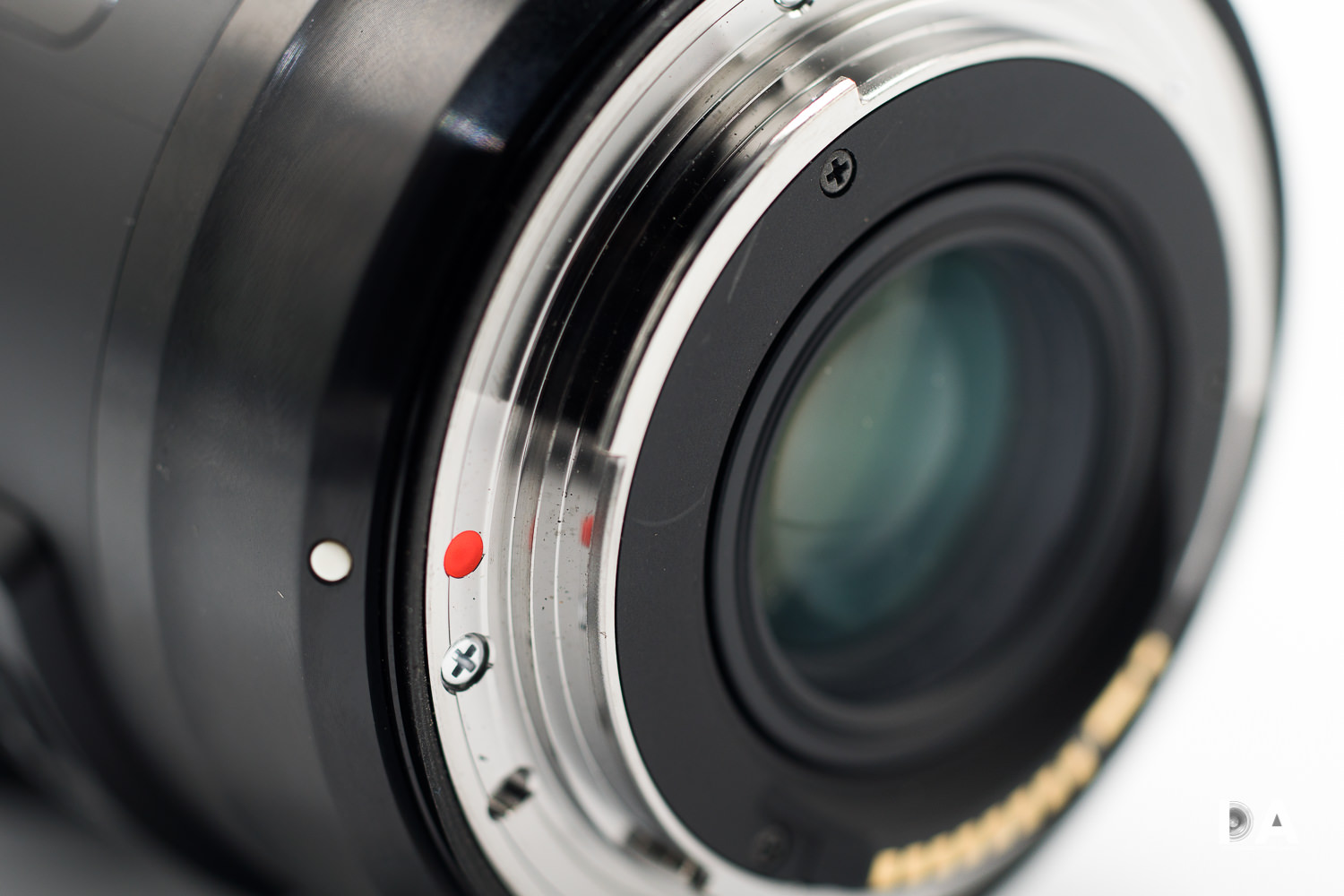

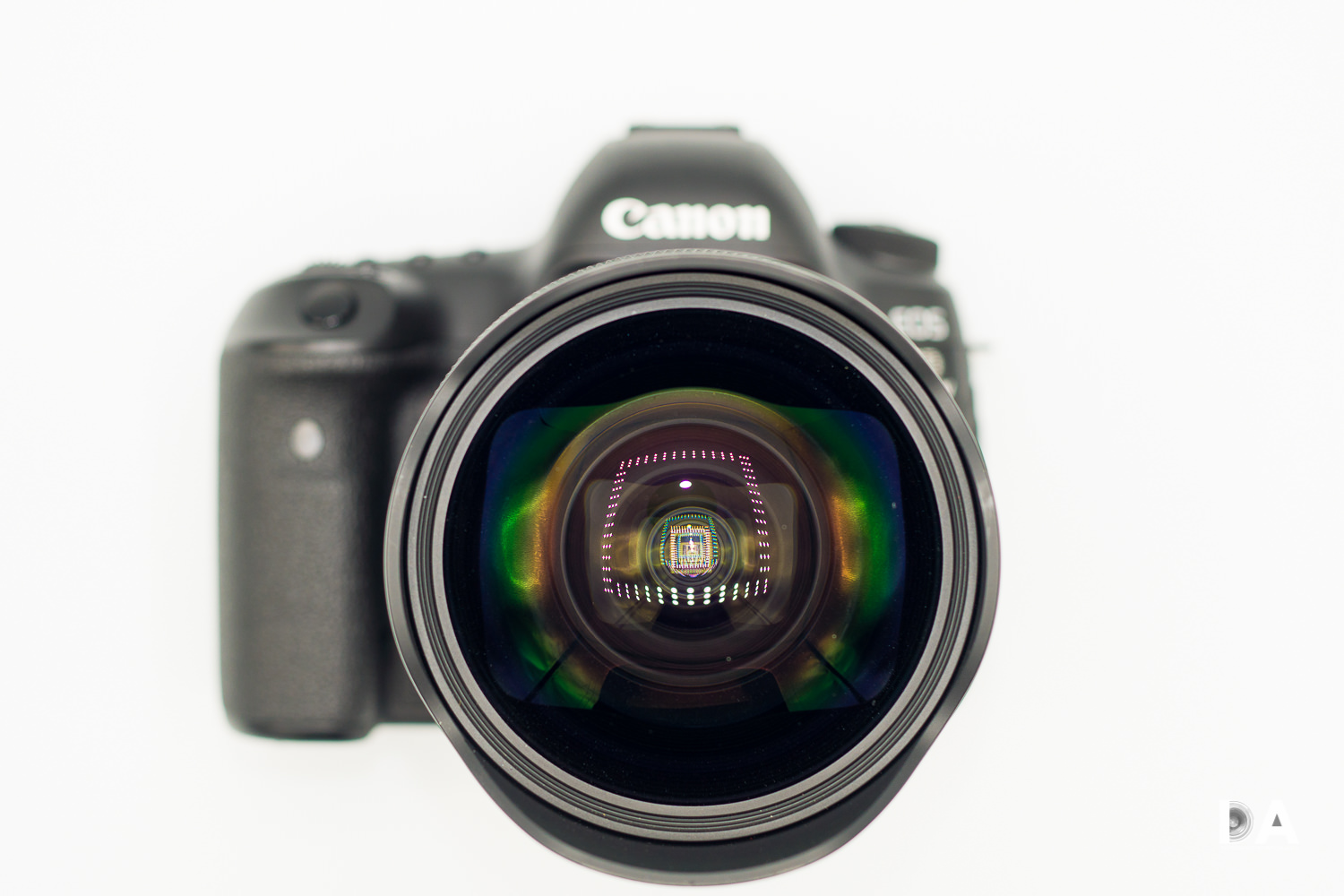

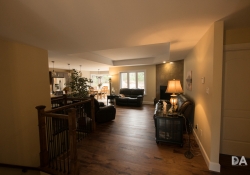

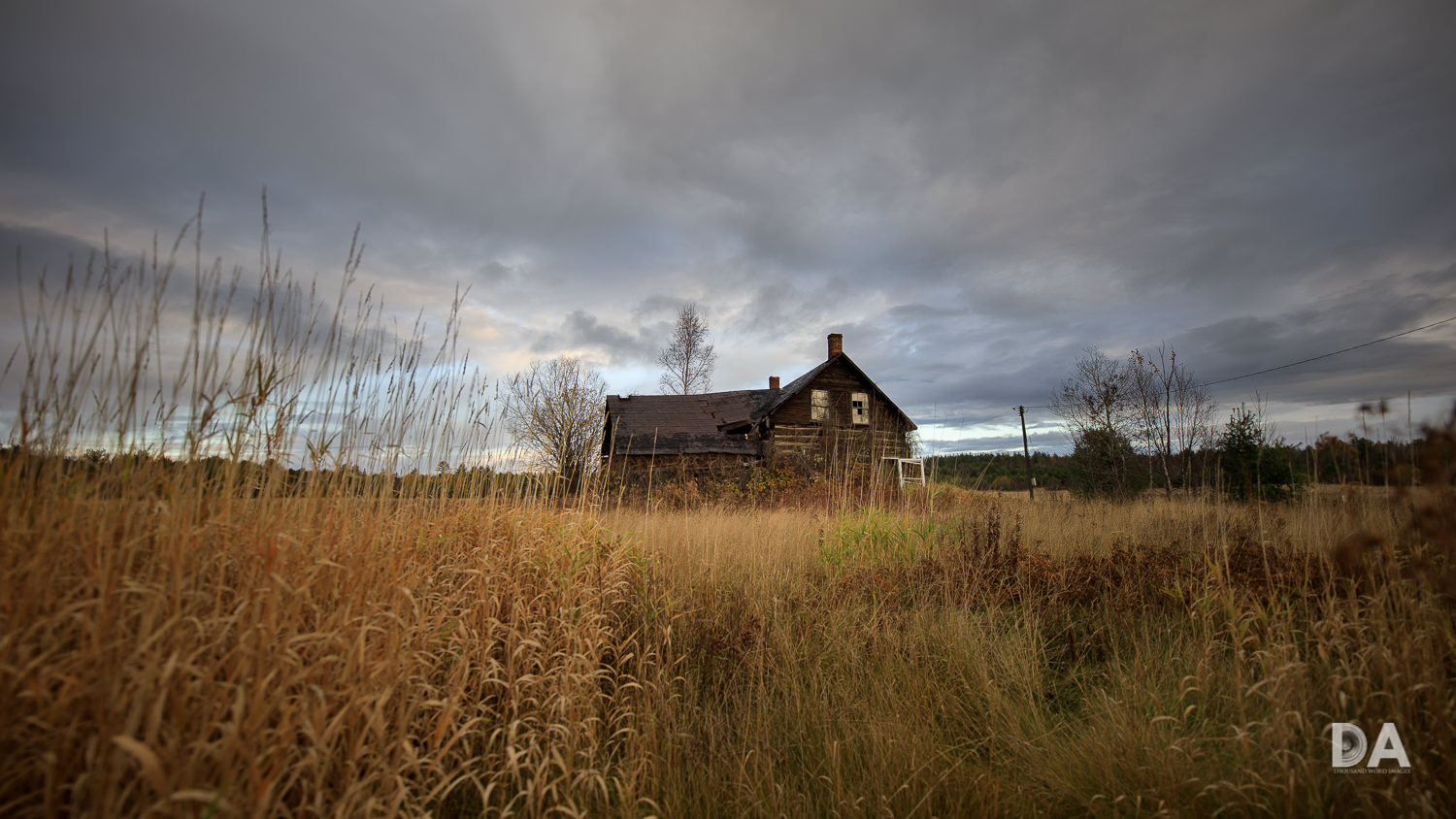







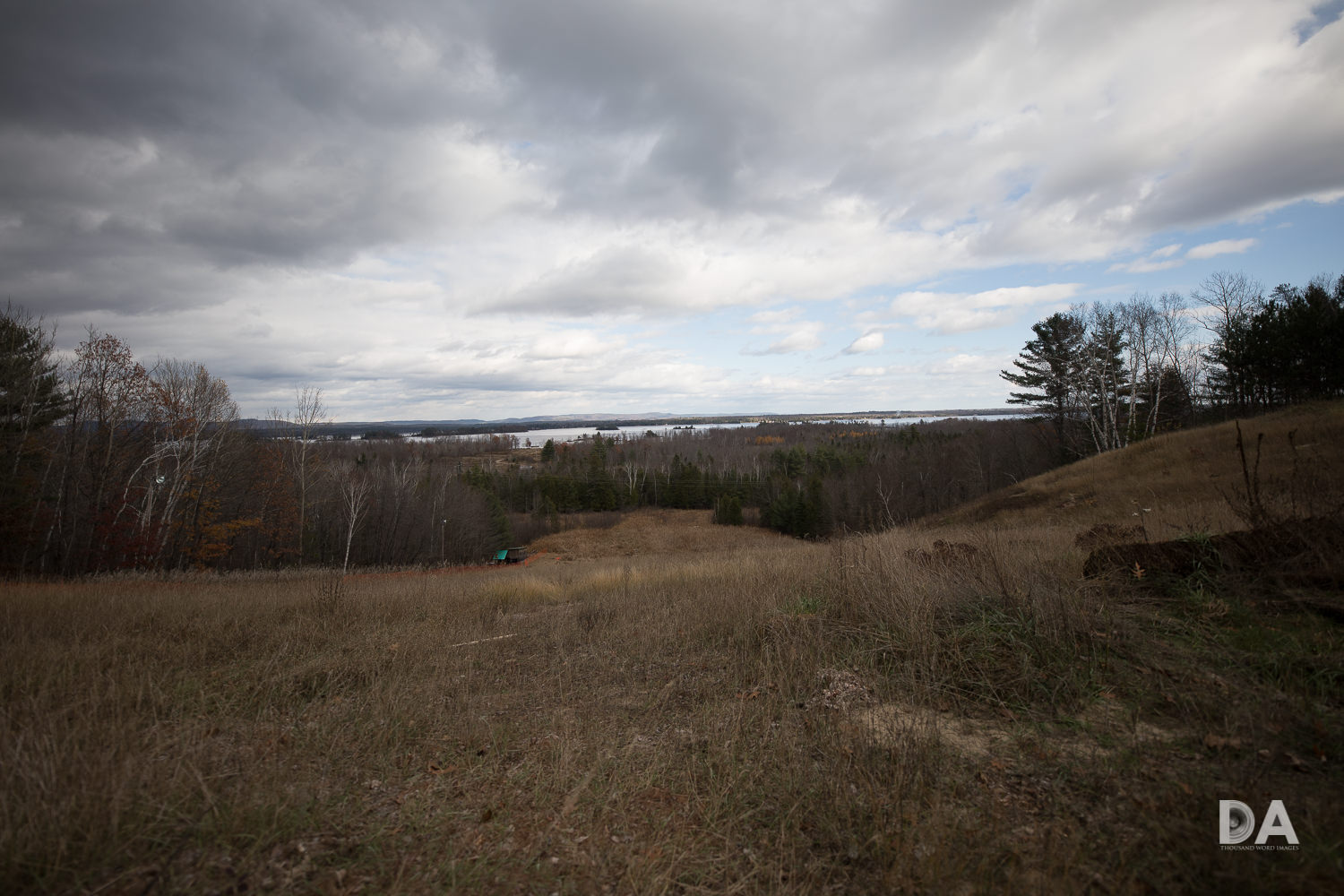







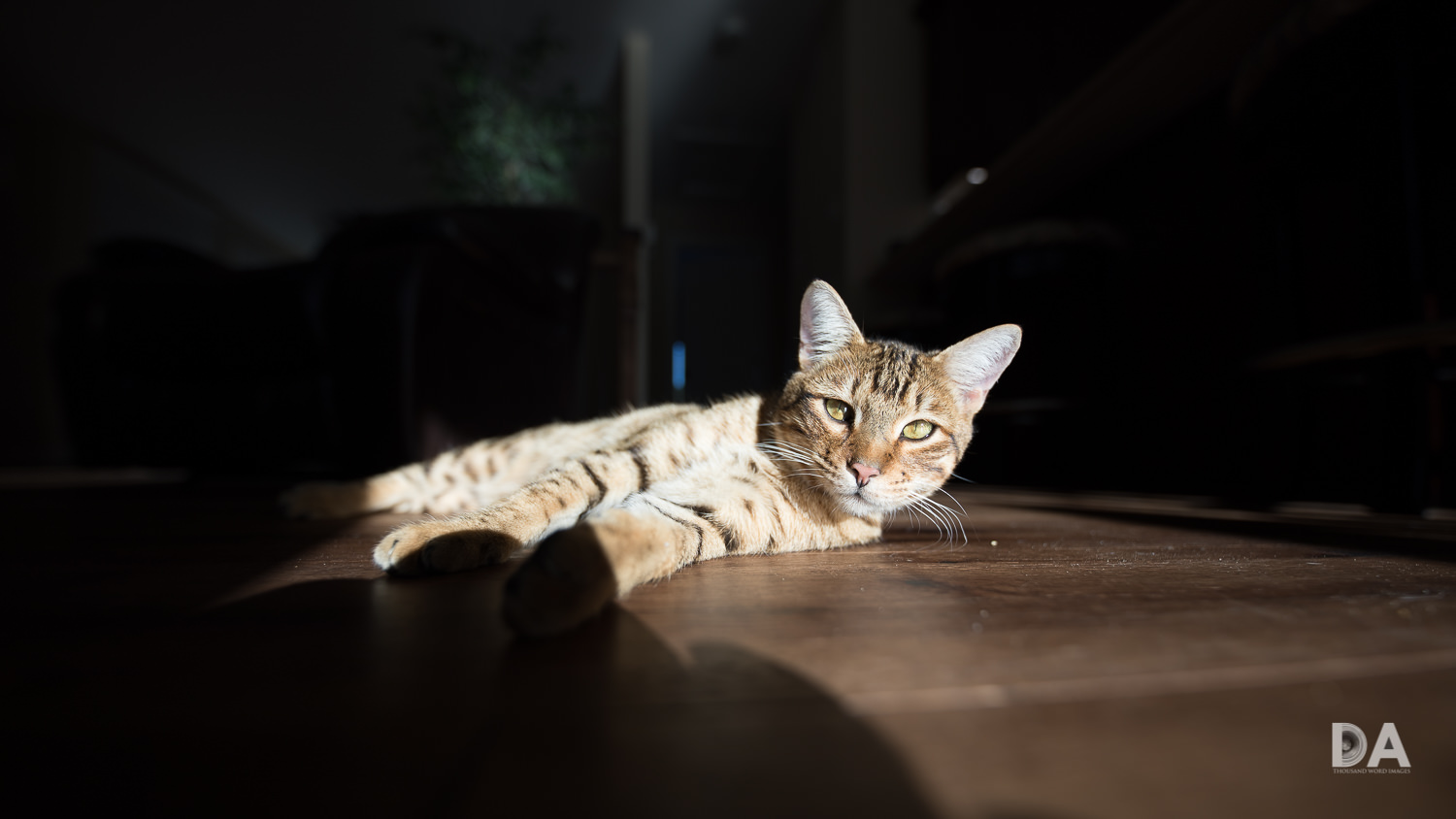

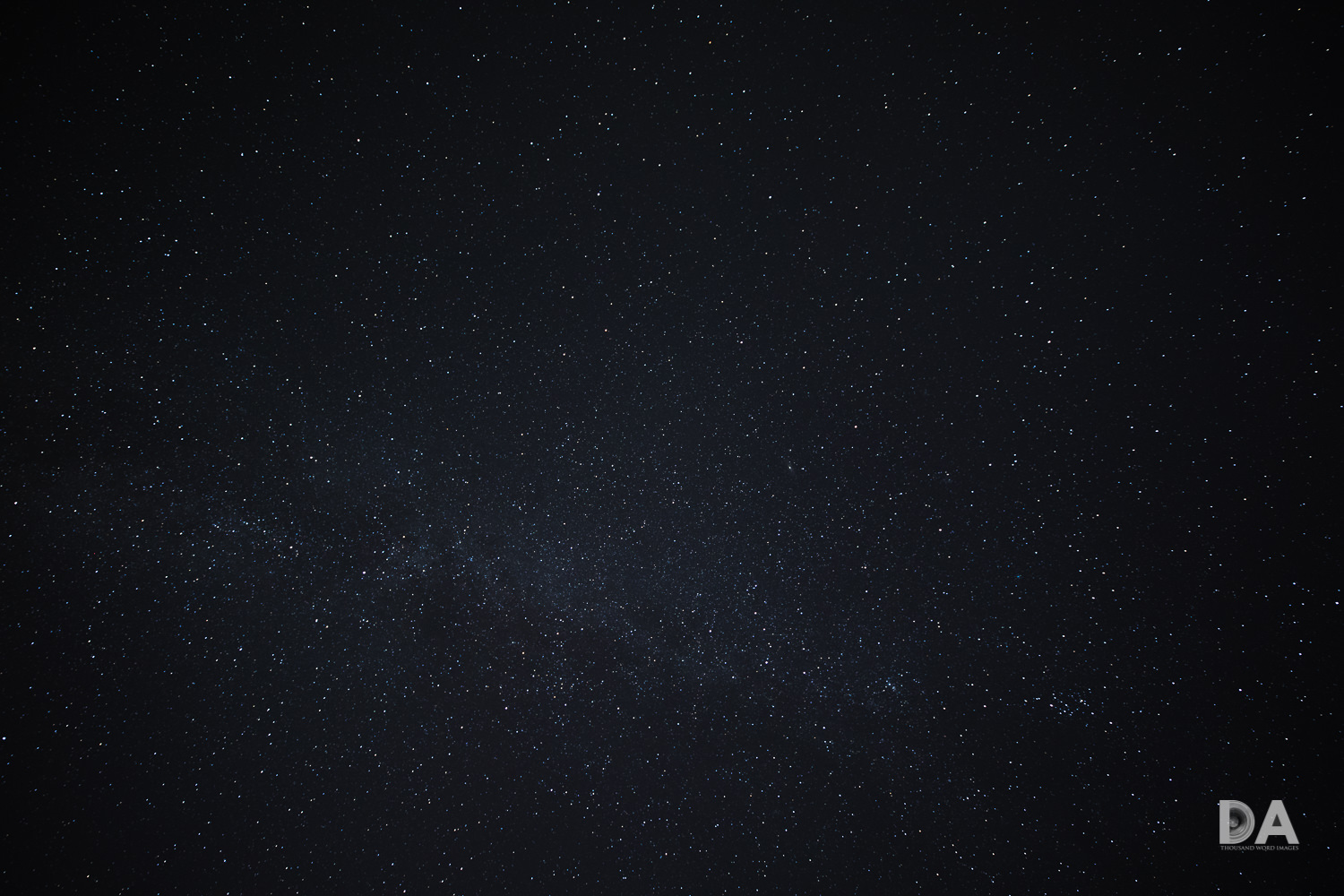
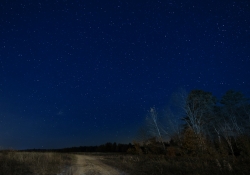


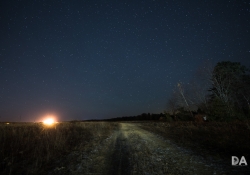



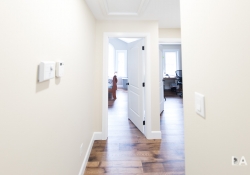

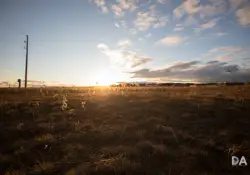






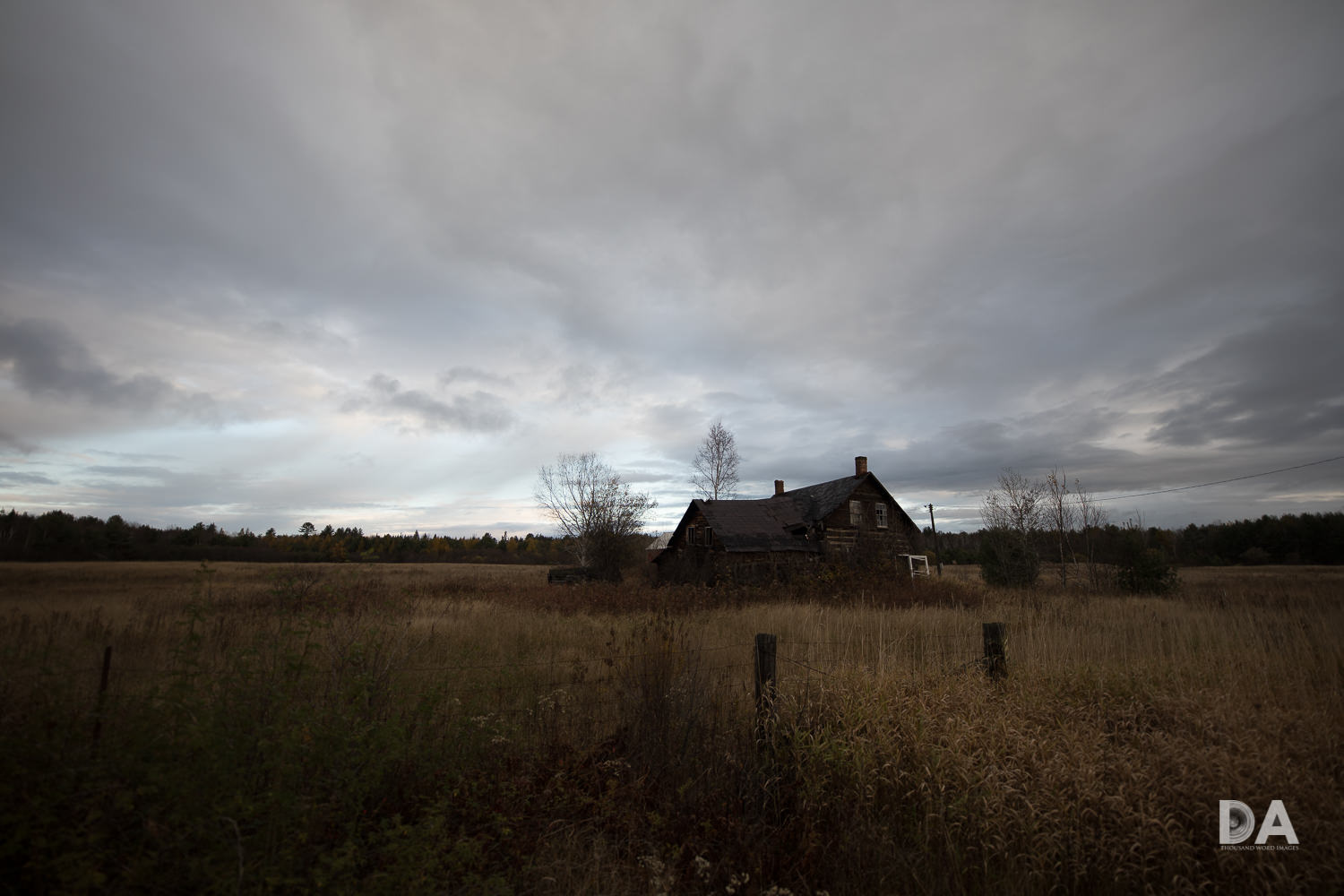
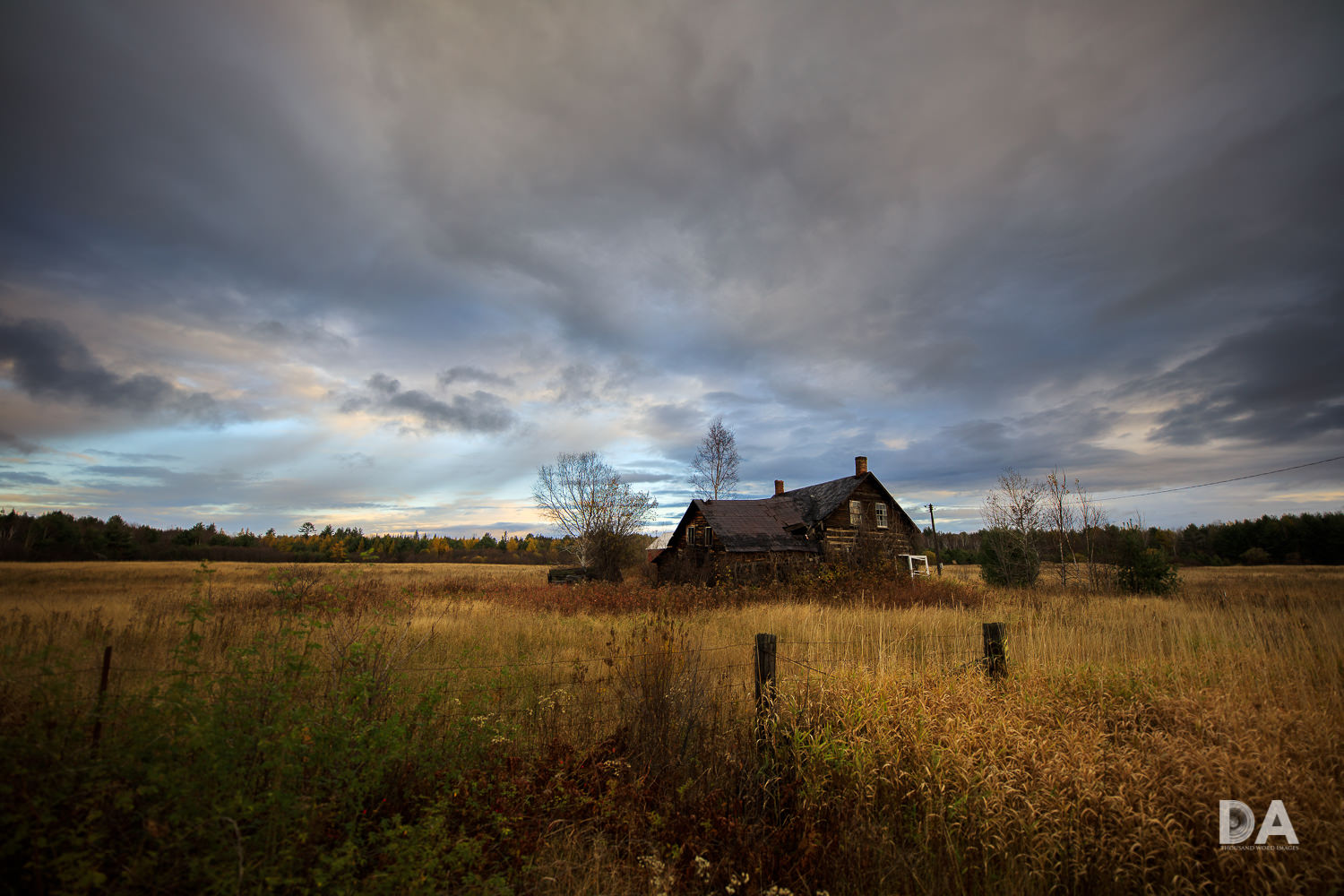










 Canon RF 24-50mm F4.5-6.3 IS STM Review
Canon RF 24-50mm F4.5-6.3 IS STM Review 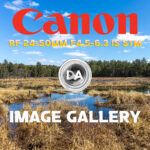 Canon RF 24-50mm F4.5-6.3 IS Gallery
Canon RF 24-50mm F4.5-6.3 IS Gallery 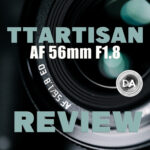 TTArtisan AF 56mm F1.8 X-mount Review
TTArtisan AF 56mm F1.8 X-mount Review 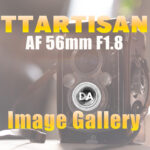 TTArtisan AF 56mm F1.8 Gallery
TTArtisan AF 56mm F1.8 Gallery 




